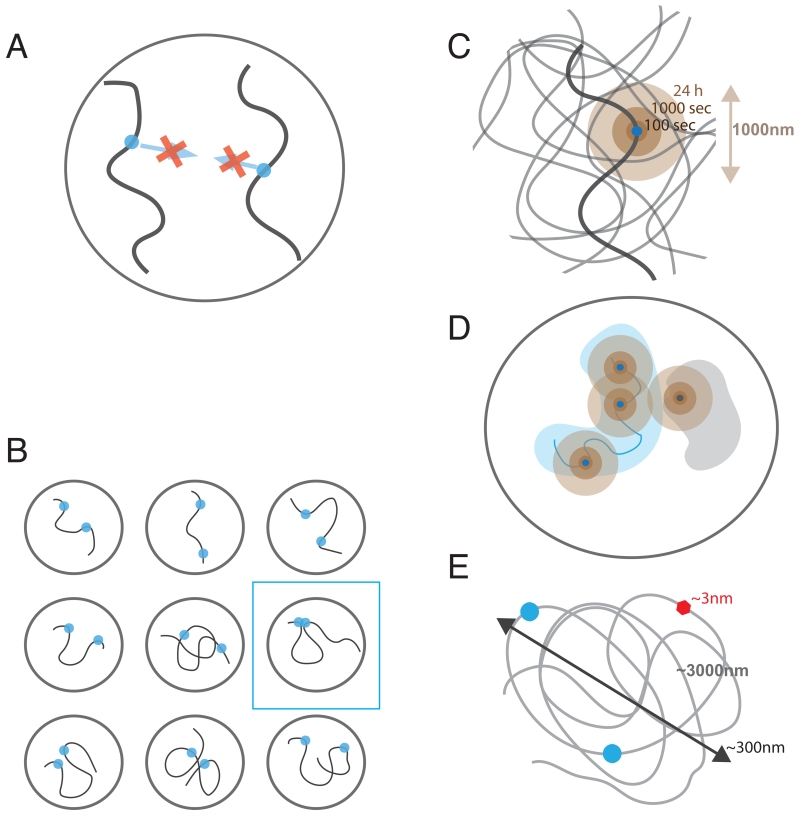Figure 2. Physical aspects of chromosomal communication.
A. Short-range character of molecular interactions: molecular affinity is limited to 1-10nm range, and long-range attraction between chromosomal loci are impossible. B. Polymeric nature of chromatin made interactions even between relatively close loci infrequent, leading to large cell-to-cell variation. C. Localized dynamics of chromatin leads to mostly local exploration limited to 1-2um swept during a cell cycle. D. Chromosomal territories make cis interactions are much more likely and showing less cell-to-cell variation, while trans being highly variable. E. Individual proteins are much small (~3nm) than sizes of even modest (100-150Kb) chromatin region that has ~300nm in diameter and ~1-3um in length, making it difficult to insulate 3D interactions between chromosomal loci.

